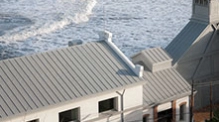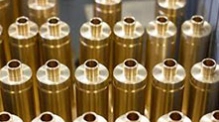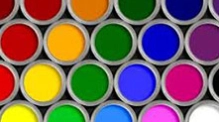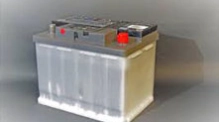Zinc & Lead
Artic Mining is active in the primary production, marketing, and recycling of zinc and lead.
We extract and process zinc and lead ore in Australia, South America, Kazakhstan, and Canada. We smelt and refine zinc and lead ore in processing plants in Australia, Canada, Spain, Italy, Germany, the UK, and Kazakhstan. Zinc and lead recycling takes place in Europe and North America.
We have a global marketing reach and sell zinc and lead concentrates and metals as well as valuable by-products such as sulphuric acid.
Uses of zinc and lead
Zinc
A highly versatile metal, zinc can be found in astronomical instruments from the Middle Ages, in space suits and in almost every single household today – in the circuit boards of mobile phones, in ointments, or in cutlery, to name just a few.
Zinc is mainly used for the coating (= galvanising) of steel and iron to protect them from rust and corrosion. This makes zinc and important material in buildings, vehicles, in household and electrical appliances, but also in the infrastructure required for solar energy generation, as well as offshore wind farms, but also.
Because of their strength and flexibility, zinc alloys are often used to make industrial die castings – such as the ones needed to produce vehicle or machine parts. And since Zinc is also needed to produce brass and bronze, it is often a component of musical instruments, too.
Zinc oxide is mainly used in the production of rubber. Zinc sulphite, on the other hand, is used in X-ray screens and as a pigment. Other applications of zinc can be found in the pharmaceutical (for medicines) and cosmetics (e.g., creams) industries.



Lead
Lead is very versatile and adaptable, and for centuries has been used in many different applications.
Lead is a highly flexible raw material used in various industries such as automotive, electronics and aerospace. A major application for lead is in vehicle batteries – from traditional internal combustion engines to the batteries which support safety mechanisms in electric vehicles.
Lead is also used in storage technologies, for example in data centres and telecommunication systems, as well as in emergency power generators for hospitals and other vital services.
Lead plays a key role in recycling other metals. Its carrier properties make it an efficient and effective enabler for recycling non-ferrous metals, from gallium used in mobile phones to the platinum in catalytic convertors. Lead itself can also be recycled indefinitely.
Its high density makes lead an ideal shield against radiation used in medical imaging technologies – ensuring that patients and staff are protected when undergoing vital diagnostic tests, including X-rays and CT scans.



Zinc and lead assets
Our combination of mines and smelters means we can produce, process and market zinc and lead across the world.



 Copper
Copper